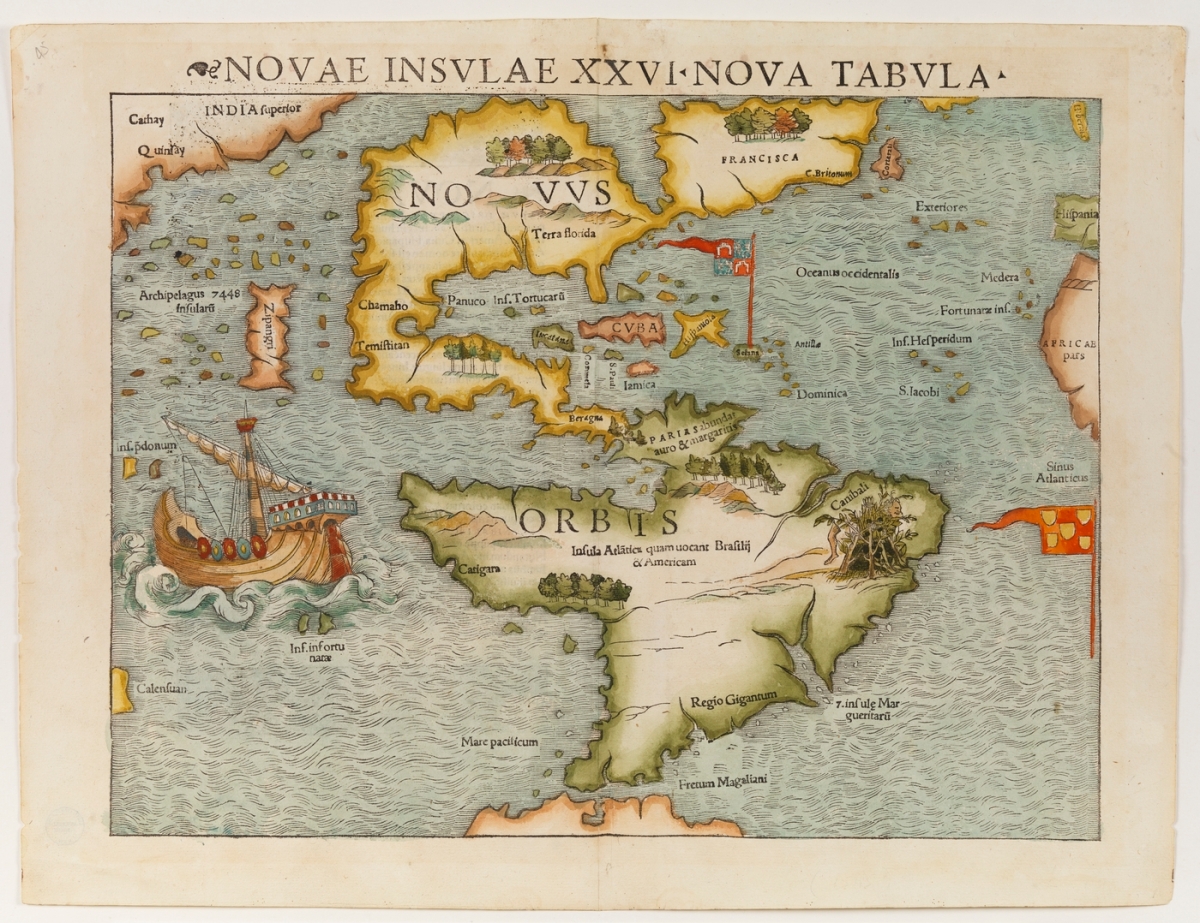Spanish enthusiasm about southeast America was initially dampened by Ponce’s violent experience in La Florida. However, that mindset would be dramatically changed when the slave trader Pedro de Salazar and several others found their way to southeastern North America between 1517 and 1518. Their reports of a docile and friendly Indigenous people and a verdant, rich landscape would spur Spain’s interest in the land northward of what turned out to be the peninsula of Florida. Few people know it, but South Carolina would play a pivotal role in Spain’s interest in Atlantic America.
Little is known about Pedro de Salazar except he was a slave trader, who lived in Santo Domingo and was an encomendero with fifty Indigenous slaves. He worked for Lucas Vásquez de Ayllón, a judge of the Audiencia, and several other important people in Hispaniola. Ayllón, was very rich and powerful, having been granted over 300 acres of land and the labor of 200 local people. On his land, he established a sprawling sugar plantation.
The exact route and landing point of Salazar’s voyage is not known, but he likely disembarked somewhere on the coast of South Carolina in what came to be referred to as Chicora or “the Island of Giants” (Hoffman, 1984). The name Chicora probably came from the local people’s name for themselves, Shakori. They were reported to be “giants’ as they were much taller than the Caribbean Taino that the Spanish had previously been exploiting.
The specific events that occurred during Salazar’s mission are not known, but he apparently took captive as many as 500 local people, who had proven friendly. In a later lawsuit concerning the disposition of the slaves brought back, a Pedro Romero “testified that the Indians were very peaceful, had welcomed the Spanish with food, had taken them to their huts (bohios), and had shown a willingness to give whatever was asked of them. He also claimed that they seemed genuinely sad when the Spanish indicated they were about to leave and that the giants traded regularly with the Indians in the Bahamas in pearls, guanines (gold objects of a low carat), cotton clothing, and other things” (Hoffman, 1980).
There are also few details on the return voyage, but it is likely that two-thirds of the captives perished due to hunger for the Spanish were notorious for being inadequately provisioned. The surviving Shakori, upon landing, were tattooed, and divided up among Ayllón and the other backers or given to the crewmembers as pay. Ayllón used his share as slave labor on his sugar plantation.
The slaves that were sold went for unusually high prices despite their weakness, perhaps because they were so tall and exotic looking. The gigantes, however, proved to be bad bargains: “The witnesses of the residencia all agree that the giants died soon after their arrival at Santo Domingo. In so doing they deprived some of the seamen of their reward; a dead Indian was worthless.” (Hoffman, 1980).
Illustration: Sebastian Munster’s map, published in 1540, the first to show America as a continent. UTA Libraries Cartographic Connections
Bibliography:
Hoffman, P. E. (1980) A New Voyage of North American Discovery: Pedro de Salazar’s Visit to the “Island of Giants” The Florida Historical Quarterly. 58(4) 415-426
Hoffman, P. E. (1984) The Chicora Legend and Franco-Spanish Rivalry in La Florida. The Florida Historical Quarterly. 62 (4): 419-438.
Hoffman, P. E. (1990) A new Andalucia and a way to the Orient: The American Southeast during the sixteenth century. Louisiana State University Press, Baton Rouge and London.
